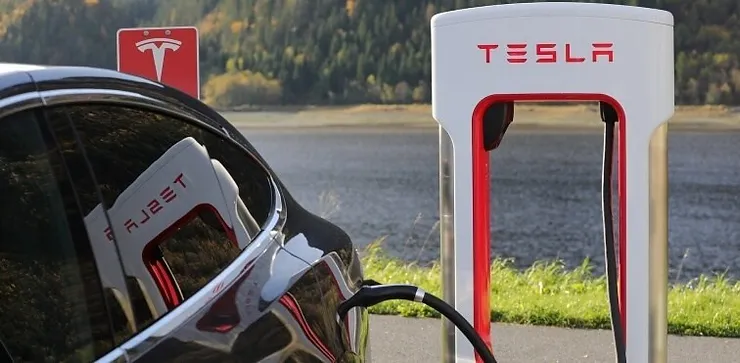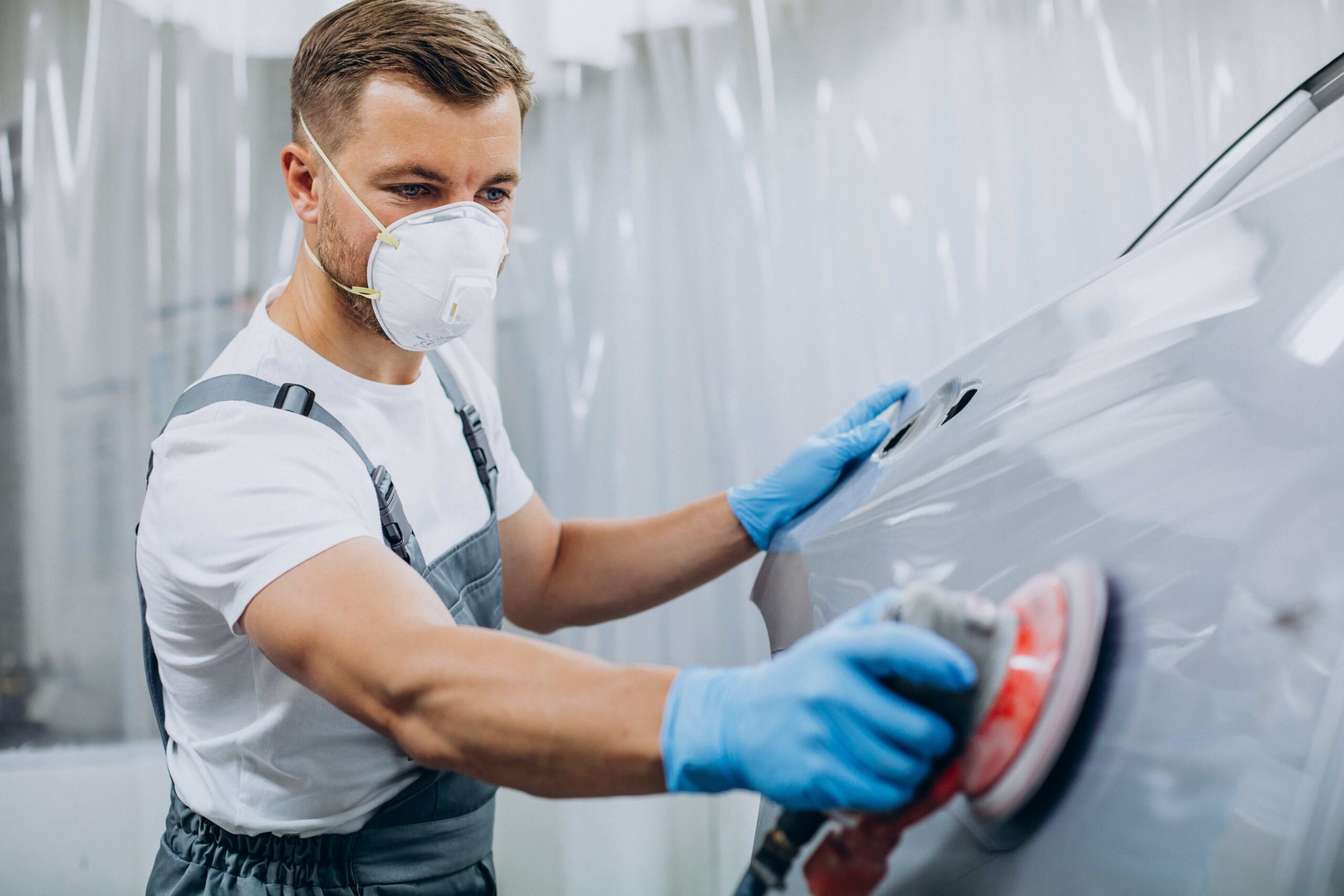
British car owners care about their cars. UK motorists spend an aggregate £21bn per year on servicing and repairing their vehicles, according to the Society of Motor Manufacturers and Traders; per capita, we spend about 12% more than the global average to fix our beloved four-wheeled friends. It’s interesting then that the repair margins of UK body shops are the lowest in Europe, and that this lack of profitability has brought to the steady closure of about a fifth of repair shops over the past decade. In this article we analyse the key reasons behind the chronic lack in profitability of fixing cars, and if / how the surge in demand for electric vehicles (214,000 registrations in 2019 vs. 3,500 in 2013) will impact the repair industry.
Why are repair margins low?
Technology in cars has moved at lightning speed over the past decade. ADAS (advanced driver-assistance systems) has greatly improved the safety of our cars – proximity sensors, automotive radar and other technologies help prevent and avoid dangerous situations, but they’re also really hard to fix. Cars are becoming more and more like super-computers: automotive semi-conductor sales have grown three-fold since the 2000s, fuelled by vehicle electrification and increased connectivity (to support, for example, shared mobility services and insurance telematics). It’s really exciting to think that what used to be a simple metal box to get us from A to B is turning into an extremely powerful and connected piece of technological marvel. Until you get into an accident, of course.
Back in 2014, the average body shop in the UK would make about £30 pre-tax profit for every repair, the situation has gotten better since then (remember one fifth of the body shops have closed) – in 2018 (latest available industry data) the pre-tax profit margin had improved to about 6% (or about £100 per job). The first reason behind this chronic lack in profitability is purely linked to the changing nature of what your fixing: what used to be just a question of repairing cracked panels with filler and straightening bent sheet metal has turned into a game of where’s waldo to find and fix the latest broken sensor.
70% of body repairs are paid for by insurers, so it instinctively makes sense to point the finger at the insurance industry if body shops can’t make proper investments to keep up with technology. Insurers in the UK, however, have lost money on insuring cars over the past decade, according to the association of British insurers. So, if neither insurers nor body shops are making money on insuring and fixing cars – where are our premiums going? The second reason of lack of profitability is linked to the sheer number of middle-men that are involved in handling insurance claims. Claims managers, law firms, brokers all play a part in getting your car back on the road, and they all get a cut of the repair.
If repair shops are dependent on what they fix and on who is involved in the process why/how would electric vehicles have an impact?
Enter the Electric Car
On average electric cars have about 20 moving parts vs. 2,000 for petrol vehicles, intuitively this seems like a game changer: 100 times fewer moving parts equals 100 times less hassle and cost, right? Not exactly. First of all, if the parts are significantly more expensive (and they are) just having fewer moving parts doesn’t necessarily mean less maintenance costs (especially if you’re talking about collision damage). Secondly, part availability is of the essence if you consider the holistic cost of a claim (i.e. the repair cost plus the opportunity and direct cost of a car not being on the road).
There are about 214,000 electric cars registered in the UK (out of 37.9 million) which means that, although there are significantly less parts that need to be stocked (simplistically 100 times less) the inventory is statistically going to move a lot slower for electric vehicles than for ordinary cars (about 200 times slower).
So parts for electric vehicles are, generally speaking, more expensive and less readily available (at least in the short term) than for traditional vehicles, which translates into cars sitting for longer in the garage (at a cost entirely borne by the repairer) and higher working capital requirements to finance the more expensive replacement parts. When you factor in the increased investment requirement to repair electric vehicles you can see how the situation doesn’t look great for the already slim repairer margins.
What about the payer? Insuring Electric Vehicles is not straightforward. The fact that Tesla is looking into providing insurance services is really testament of how the insurance industry is not ready to face the challenges of assessing and pricing the risk of a super-computer with four wheels.
It looks like the current state of things is not really fit for purpose then: garages are running on tight margins as is, don’t have the resources or the scale necessary to fund the necessary investments to fix electric cars, and the insurers who are ultimately paying for the repairs are not equipped to insure the vehicles at reasonable premiums.
What next?
It’s time for the repair industry to take a hard look at where things are going and realise that the only way to increase their margins to meet investment requirements is to increase their scale. To a certain extent this is already happening, with groups increasing in size and independent shops aggregating under networks. Online aggregators are also increasingly playing a role with companies like whocanfixmycar and clickmechanic raising institutional money to connect consumers directly to portfolios of garages for maintenance.
As technology in cars increases, garages will need to specialise in order to achieve the necessary economies of scale to make repairs viable. The most effective way for them to specialise and for the fleet industry to have access to sustainable, affordable and quick repairs is through an online mechanic aggregator. Aggregating claims online allows customers to benefit from wholesale prices (by “pooling” their claims) while enabling garages to choose which repair work they want to specialise and invest in.
About the Author

 Share Post
Share Post



